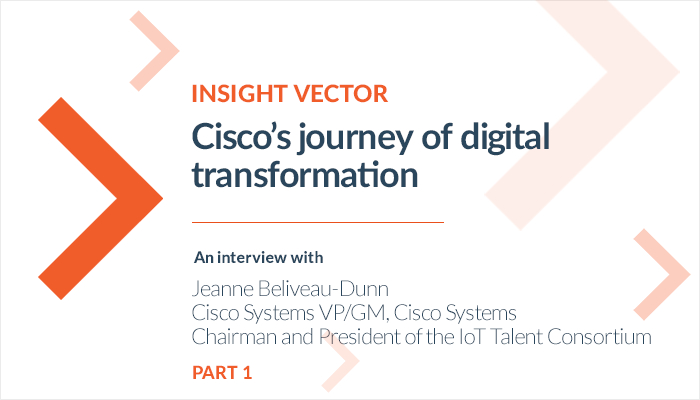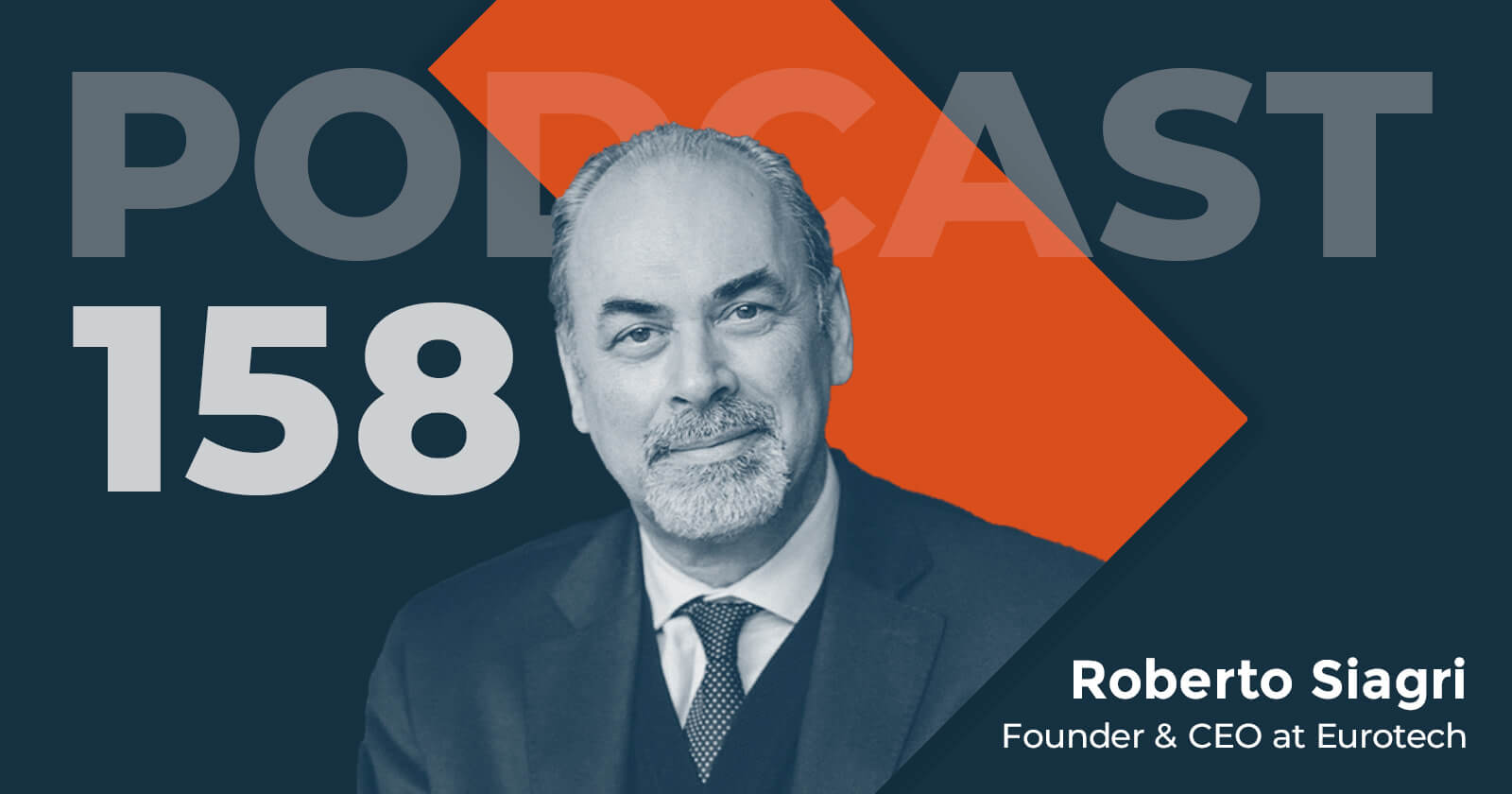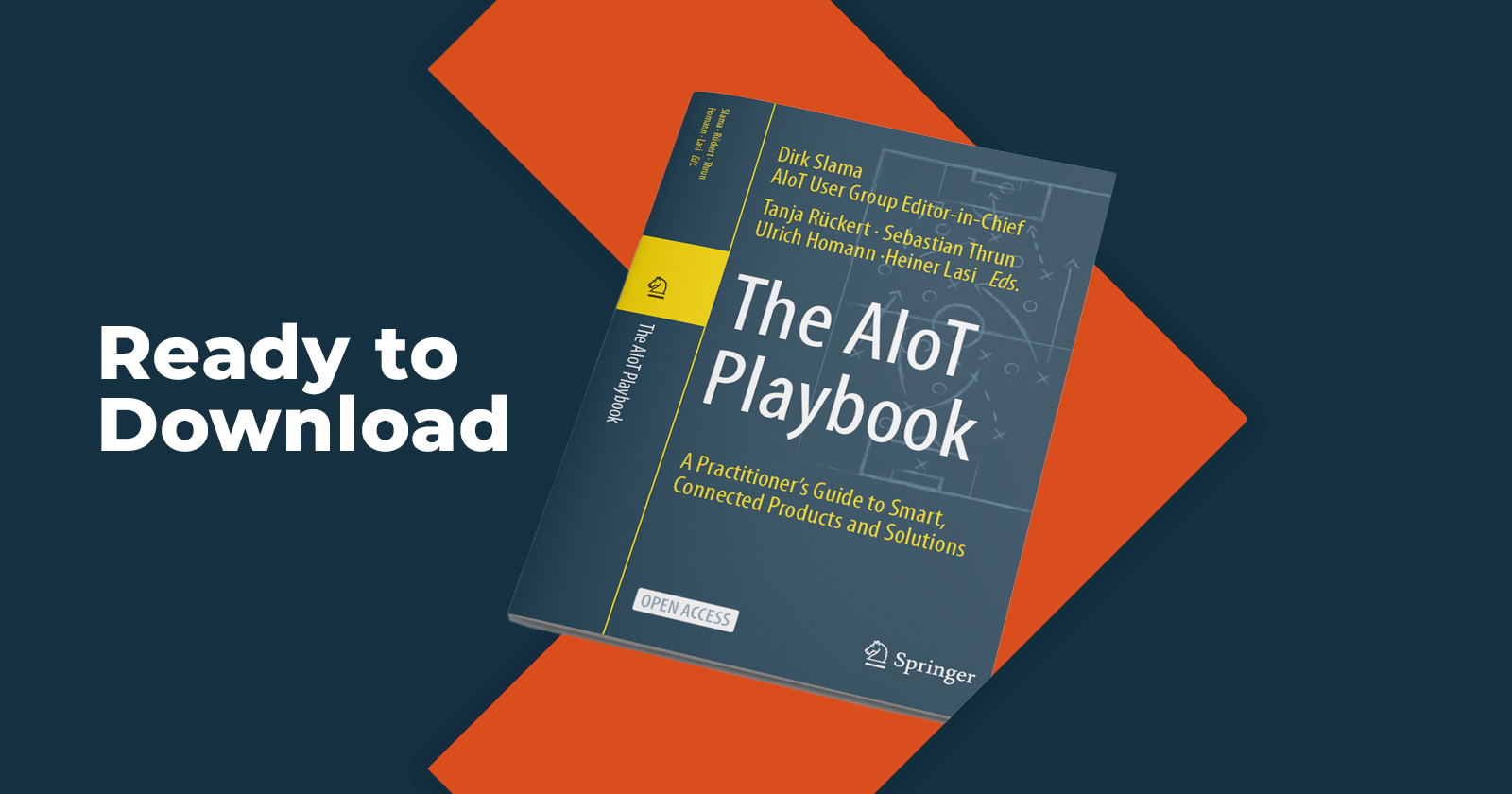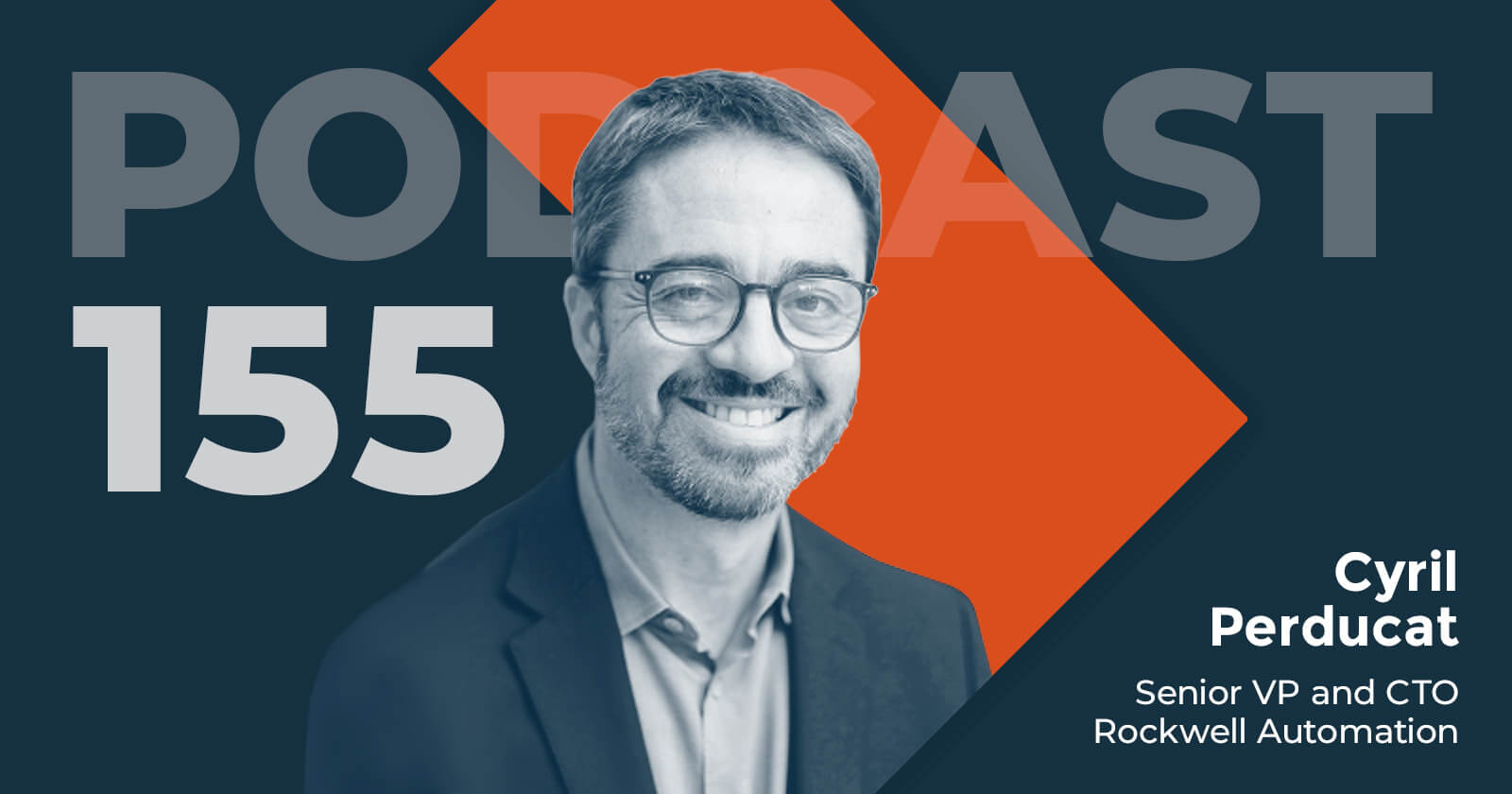Insight Vector: Cisco's Journey of Digital Transformation (Part 1)
Ed Maguire

 Innovation and market perspectives from leading IoT thought leaders
Innovation and market perspectives from leading IoT thought leaders
In the first part of our interview, Jeanne Beliveau-Dunn shares the challenges that Cisco faced in preparing for the incoming wave of connectivity bought on by the Internet of Things. She discusses the development of the “Internet of Everything” strategy and the learnings for Cisco and their customers. In Part 2, Jeanne details the need for in-house skill development, the obstacles that prevent successful IoT adoption and the impact of IoT and digitization within different industries.
|
|
Jeanne Beliveau-Dunn Cisco Systems VP/GM, Cisco Systems
|
Q&A
Can you share a bit of your history around the Internet of Things?
I have been with Cisco for 21 years, and in that time, we have reinvented our business and redefined the industry many times. Early on in Cisco, I helped establish a new business group that was all about fueling the next wave of business models that could leverage the power of the internet (known as the Internet Business Solutions Group, or IBSG). Our core objective was to enable business across all industries we touch and create effective new strategies to for our customers to gain competitive advantage. Out of that initiative, new models of e-commerce, supply chain management, workforce productivity and streamlined business processes emerged.
About eight years ago, a group of us at Cisco recognized that the next wave of connectivity would not just be about connecting the billions of things to people, but also driving a full life cycle of insights that could fuel business decisions and actions. It was also clear that this was going to generate the next wave of business model design and heightened disruption to all industries at a pace we had never seen before. The level of value at stake in this model was going to be very high – as were the business stakes - as it would drive exponential speed, productivity and insights into business and organizations. We knew that this would enable organizations to be more dynamic in meeting the demands of customers and responding to competitive challengers.
From this position, we developed the “Internet of Everything” strategy, which evolved into Cisco’s “Digital transformation strategy” of today – to drive the connection of people, process data and things and to generate new actionable insights that allowed smarter predictions to shape business transformation, automation and innovation. We also invested in key industries that we saw as the first movers and began that journey with them. Manufacturing and heavy industry, smart cities, sustainable energy and healthcare have been a key focus from early on. The City of Barcelona is a great example of an early adopter, which helped us to define the best applications within smart cities and key partnerships in the industrial space. These industry firsts have served as a model for redefining city services, industrial manufacturing, consumer products and energy markets in this newly connected world.
We thought about next generation digital business solutions and models - this involves a much deeper, more integrated view of everything. You’re not just talking about connections, you have data and intelligence built into every part of your business and every thread of your touch points with customers, suppliers, manufacturing, sales teams. This means your things are able to provide intelligence back to your business and drive new analytical findings that could change the way you plan and execute your business strategies. The ultimate goal is to build collective intelligence on customers, business trends, usage of applications, products and services – and most importantly – drive better customer experience. Now that everything is connected – you are deriving data from everything and understanding what you could do with that to anticipate customer needs, change workflow and process, identify quality issues or predict incidents before they become a major issue which improves experiences and reduces costs that are due to lack of information.
How is IoT different from prior waves of technology adoption?
The work that we championed two decades ago is now the baseline for the next wave of business model. I think of it as “immersive digital” that enables ten times more value and disruption than we have ever seen before. Essentially, it involves designing all aspects of a business to take advantage of a new level of connectivity. The resulting data and design of rules engines allow systems to automate actions.
IoT has been around for nearly as long as we have had the internet, especially in military and manufacturing. We are now looking at this differently, with the intent to take our customers to a new level of immersive digital with new level of intelligence that can drive how products, services and business behave and through that are transformed.
What are key considerations necessary for success in Connected Industry?
First, you need a new vision and strategy, and second, you need to have capability. You need breadth and depth. It is not only about having the right talent and skills; it’s the whole approach to business.
There are multiple levels of complexity to digital transformation. There’s an evolution from static to dynamic and from methodical to seeking facts through imperfect information, because you are always in motion. You also need to recognize that the culture needs to change in a new way, to have curiosity about the business and the new value you can bring with intelligence, data and insight.
In addition, every company needs to manage for today and tomorrow – being able to master the near term and the long term, to remain competitive in the face of startup disruption. Cisco leads in the area of connected industry. We work on more projects than anyone in the world. We have figured out how to balance vision and disruptive innovation, with practical execution of digital transformation. The truth is, that digital transformation is sexy work, but it’s messy and complex. As I always say, it’s sexy but it isn’t pretty. There are many things you need to tear up, and sometimes you need to build on top. You need enormous commitment to the vision and the future, and you need to understand where you are today and where you want to be.
How do you manage the challenges?
It is paramount that you have to bring in new skills to change the culture. There are 50 -75 new jobs roles in this space that didn’t even exist 5 years ago. This will involve a change in how people work and work together.
The business plan we built eight years ago set the stage for all the work and acquisitions to date. We executed through our buy-build-partner strategy, which had people and the right skills at the center. Cisco’s own evolution into the world of applications and data meant having the right capabilities to evolve and accelerate to a next generation, intuitive network; to ensure the data is timely, contextual, and actionable; and to keep critical data and business assets secure.
How does Cisco manage the challenges of transformation?
Most companies the size of Cisco grow up looking at things different ways – and often with separate strategies within the business units. The work was to get everyone on the same page: if we are going to do a great job for customers, lead and deliver value, we have to drive connected intelligence into everything, designed into process, designed into customer systems. Connected intelligence has to be driven comprehensively into everything. This was the big “aha” moment to bring everything together. All of the customer data and usage has to move from loosely coupled to tightly coupled insights.
The other part is trying to reconcile what customer success means to customers, versus a vendor’s view, and internalizing what this means as far as how Cisco views the outcome. We have always been customer focused, but we have to think far beyond the landing point of our products to the customer experience and impact. There has been the experience of shipping product and not understanding the customer lifecycle. Now that customers are past the point of making baseline technology investments, they need to know and fully measure the value of the investments in new technology or services that they buy. Through digital and connected business models, we have an ability to help customers gain the experience they seek – accelerate their success and do it at a much lower total cost of operations.
We needed to understand the business of our customers. Most of the industry is transitioning to a services and cloud model that is incredibly dynamic, which lends itself to connected views of our customers and better insight on value. It also changes the operating model of companies from disconnected silos of business to a holistic view of the business and its customers. Digital is for sure a team sport so it will inherently drive a different operating model inside of companies as well as new measurements of success.
Stay tuned for part 2 of our interview with Jeanne.
To learn more about how IoT can unlock value within your industry, contact us at Momenta.




